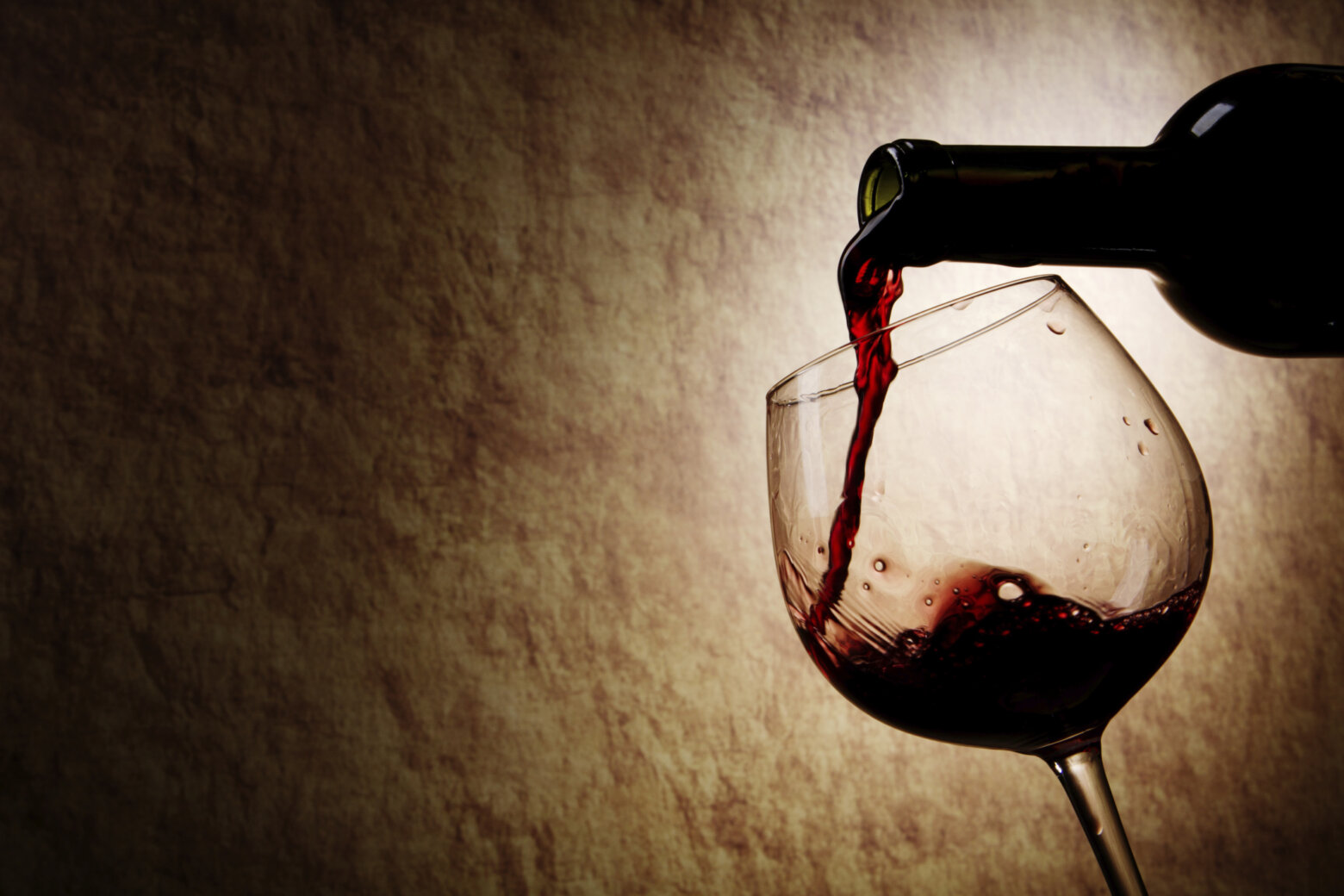WASHINGTON — Wine grapes have grown in Oregon since 1847, when European settlers migrated to the region to establish the first winery.
Tales of plentiful water, moderate weather and rich soils lured them to the fertile farmlands with vines from their homeland and a rich history of winemaking knowledge.
Unfortunately, Prohibition hit Oregon very hard, and while California’s wine industry managed to survive, Oregon’s wine industry went into deep hibernation. Right as winemaking in California began its climb to worldwide recognition, Oregon began a quiet journey toward re-establishing a viable wine culture.
Oregon wine pioneers David Lett, Charles Coury and Dick Erath ventured back into the state between 1965 and 1968 and established vineyards in the Willamette Valley. They were the first in the Willamette Valley to plant pinot noir, along with small amounts of related varieties, including pinot gris, chardonnay and riesling. By the mid-1980s, word about Oregon wines, especially pinot noir, had gotten out. The biggest vote of confidence came in 1988 when legendary Burgundy producer Robert Drouhin purchased a large property and began making pinot noir in the Dundee Hills. The floodgates open and Oregon was back on the winemaking map.
Today, Oregon has more than 700 wineries with 28,000-plus acres planted in 1,052 vineyards. While the majority of vineyard land is dedicated to pinot noir (approximately 65 percent), the balance is dedicated to a large portion of white wine grape varietals, such as pinot gris, chardonnay and riesling. Even though Oregon produces only 1 percent of the country’s wine, the state earned 20 percent of Wine Spectator’s domestic 90-plus ratings in 2015 and 2016. Impressive
The cooler growing season in Oregon makes for lighter, crisper white wines that are perfect for warm-weather sipping. As Oregon pinot noir usually takes center stage, the whites are commonly overshadowed. But Oregon whites are genuinely wonderful wines and should not be overlooked. There are a number of diverse white grape varieties, including pinot gris, muscat, chardonnay and riesling. These wines are moderately priced and over deliver on quality. While you can certainly enjoy these delightfully complex, mineral-driven, and bright wines all season long, springtime seems to be a season made just for them. Best of all, they are versatile, food-friendly, and delicious.
Roussanne is one of my favorite varietals. I love how it can swing between opulent and charming. While the grapes for the 2013 Andrew Rich Roussanne hail from the Columbia Valley in Washington State, the wines are made in the Carlton Winemakers Studio in Willamette Valley. The wine features aromas of ripe peach, pear and clove while flavors of juicy apple, pear, white peach and roasted almonds coat the tongue with finesse. The fine-grained tannins, mineral undertones and subtle acidity style transport me back to the northern Rhone Valley. $18
Oregon was the first state in America to grow pinot gris and Adlesheim was one of the first wineries to make it a regular part of its portfolio. Its 2014 Adelsheim Pinot Gris is the 31st vintage the winery has produced in the Willamette Valley of Oregon. Furthermore, David Adelsheim is a stickler for “varietal correctness” so you can bet this pinot gris tastes like, well, pinot gris. The nose is full of ripe green apple, melon and honeysuckle aromas. The slightly creamy mouthfeel supports luscious flavors of green apple, pear and tropical fruit. The textured finish is long and crisp with hints of tangerine acidity on the back of the palate. $18
The Rouge Valley in Southern Oregon does not get a lot of attention, but the 2014 Ovum “Off The Grid” Riesling will hopefully change that. The aromas remind me of a classic Loire Valley riesling, with scents apple, citrus peel, roasted almonds, stony minerality and petrol (a good thing). On the palate, the wine has an oily richness with flavors of ripe white peach, nectarine, tart nectarine and a touch of green melon. The finish is expansive and lengthy, with just a hint of mineral-laden acidity to keep the wine in balance. $20
Fruit for the 2014 De Lancellotti Vineyard Anderson Valley Chardonnay comes from a small 1.2-acre block of old Dijon 96 clone vines in the Dundee Hills appellation of Willamette Valley. After vinification, the wine is aged for 11 months in one and two-year-old French oak barrels. The result is a wine that offers up aromas of lemon meringue pie, tropical fruit, mango and guava. The mouthfeel is rich and complex, featuring flavors of apricot, juicy white nectarine and buttered toast. The long buttery finish has a touch of ripe pear and nice acidity to seal the deal. $43







